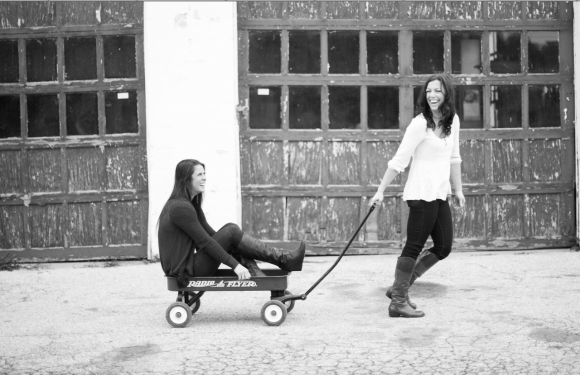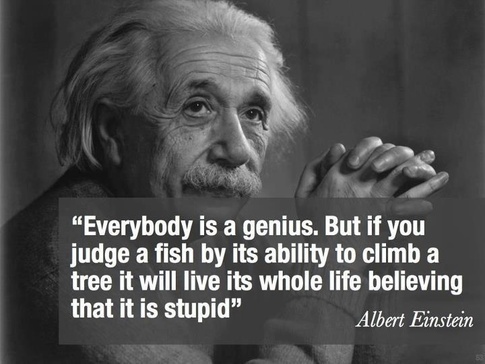Addiction and depression therapy – A new approach to a solution
Can we sell happiness?
Can we take the same approach as Apple or any other successful company that sells a product we think we need? Can we sell happiness? If we could cure addiction and depression the results would likely revel happiness or a happy life. What if we changed our marketing strategy in terms of our behavioral therapy model to reflect selling happiness?
It’s 7:00am and I am doing my 30-minuet patient safety check at work in a psychiatric inpatient unit and almost all 18 patients (mostly addiction and depression issues) are in the main area for the evening group therapy session. The topic today is Anxiety not unlike almost all other “groups” we have; the topic is something in the category ‘what’s wrong with me’. Most of the patients are daydreaming and even a few appear to be sleeping, and I am almost positive that none are benefiting from this experience. Now, fast forward to my lunch break, I watched an amazing Ted-talk speech that inspired me to think and triggered some challenging questions. The general statement and pure awesomeness from this Ted-talk that lit my mind on fire “People don’t buy what you do, they buy why you do it!”
http://www.ted.com/talks/simon_sinek_how_great_leaders_inspire_action?language=en
Is our approach to ‘curing’ and ‘treating’ addiction and depression wrong? Currently the focus is on how to avoid unhappiness accompanied by a giant list of things ‘Not to-do’. Should we instead be marketing happiness? If “people don’t buy what you do, they buy why you do it, then “happiness “ is WHY we do it. Since we know our behavior is motivated by our beliefs- what we believe we need in order to be happy, which then triggers action driven by emotion. Couldn’t we use this exact force to sell our product “happiness”? Isn’t it the exact same force that causes people to reach for their addictions and or remain depressed?
Teaching what drives behavior, and knowing why we make the choices we make is a very powerful tool we all need if we want to change any habitual behavior. Patient’s perception of their ability to obtain happiness is rooted in their perceived lack of control, therefor we need to introduce happiness as desirably different outcome that they in fact have control over. Perception is also a very powerful tool and the ability to change each patient’s perception of happiness is a tall order because each person’s set of beliefs is so different but I think it’s possible because companies like Apple, BMW, and Kellogg’s do it everyday using emotional triggers to create desire for happiness.
Happiness isn’t about pain even though pain is an inevitable component in life. Teaching happiness means our patients believe (perceive) that the therapist actually believes in happiness themselves which brings me back to Simon’s quote from the Ted-talk “people don’t buy what you do, they buy why you do it”. Why should patients choose our ‘happiness product’ over their current product? Because happiness embodies a life of pleasures and rewards that remain vibrant throughout life.
“Aristotle’s idea of happiness; doing good things.“ (Russell, 2009)
I think of happiness as a beautiful breeze that constantly moves through us, its created and derived from everything we do. It’s always there swirling around inside and with each experience the root of happiness is strengthened.

“The gift of friendship is a wondrous thing with the joys and happiness good friends bring” -Anonymous
https://www.youtube.com/watch?v=yv-Fk1PwVeU
https://www.youtube.com/watch?v=z0rxydSolwU
References
Russell, R. V. (2009). Pastimes: The context of contemporary leisure. Champaign, IL: Sagamore Pub.

